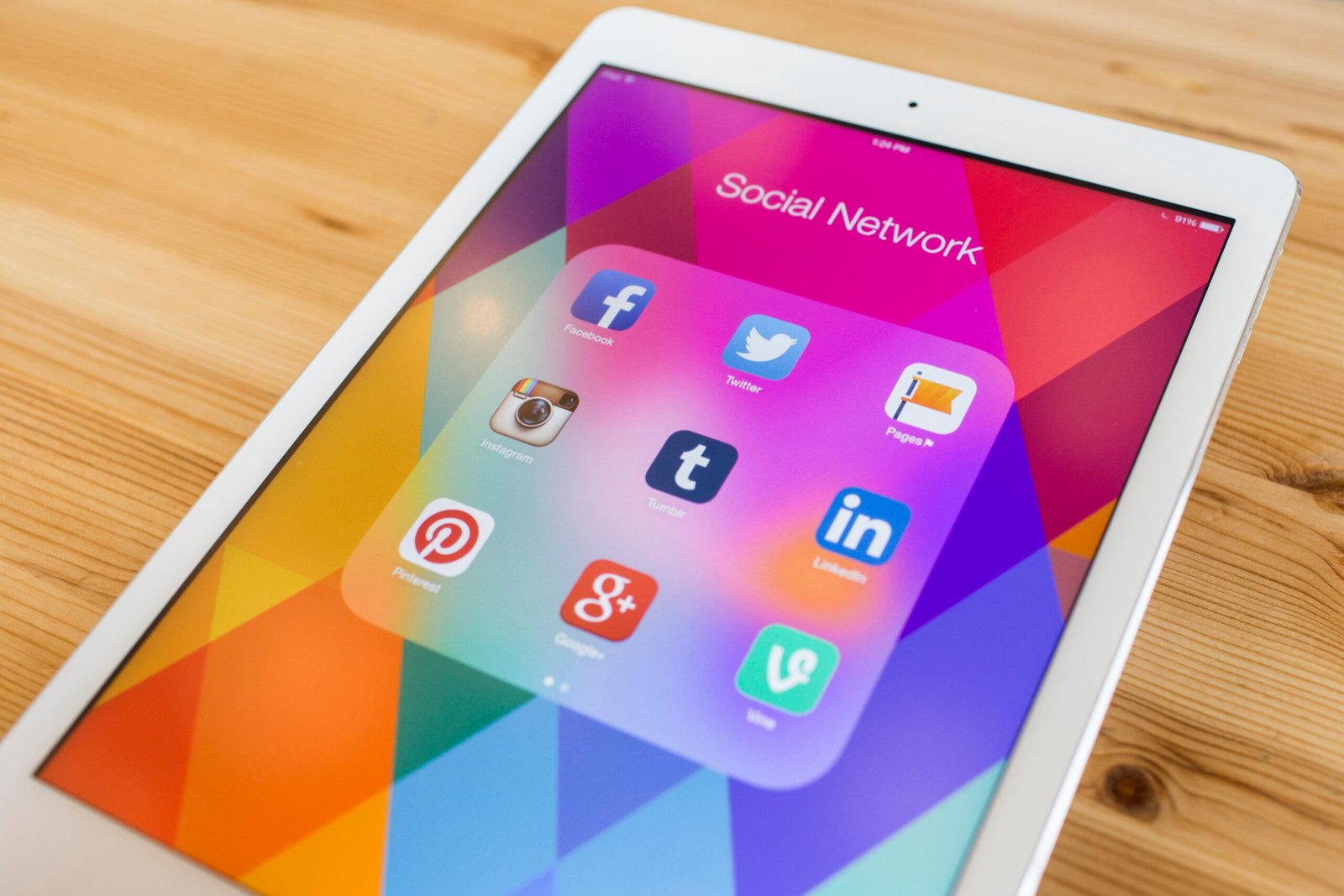Hyperlocal social media marketing is a powerful tool that small businesses can use to increase their visibility, reach new customers and grow their revenue. In this blog post, we will explore the benefits of hyperlocal social media marketing, how to implement a successful strategy, examples of successful campaigns, common mistakes to avoid and our final thoughts on the power of hyperlocal social media marketing.
Introduction to HyperLocal Social Media Marketing
Hyperlocal social media marketing refers to the process of targeting potential customers in a specific geographic area using social media platforms such as Facebook, Instagram, Twitter or LinkedIn. By focusing your efforts on a local level, you can tailor your messaging and content to appeal directly to your ideal customer within your community. This approach allows small businesses to build stronger relationships with their existing customers while also attracting new ones.
Benefits of HyperLocal Social Media Marketing for Small Businesses
There are many benefits to using hyperlocal social media marketing for small businesses. Here are just a few:
1. Cost-effective – Hyperlocal social media marketing is often more cost-effective than traditional advertising methods because it targets only those people who are most likely to be interested in your products or services.
2. Higher engagement rates – Because you’re targeting a smaller audience, your posts are more likely to receive higher levels of engagement from your followers.
3. Builds brand awareness – By consistently posting relevant and interesting content, you can help build brand awareness among your target audience.
4. Improves customer loyalty – By connecting with your customers on a local level, you can improve customer loyalty and encourage repeat business.
How to Implement a Successful HyperLocal Social Media Marketing Strategy
To implement a successful hyperlocal social media marketing strategy, there are several steps you should take:
1. Define your target audience – Identify the characteristics of your ideal customer and determine which social media platforms they are most active on.
2. Create locally focused content – Develop content that speaks specifically to your target audience and highlights the unique aspects of your community.
3. Use hashtags strategically – Research popular hashtags used by your target audience and incorporate them into your posts to expand your reach.
4. Engage with your followers – Respond promptly to comments and messages, share user-generated content and host Q&A sessions to foster deeper connections with your audience.
Examples of Successful HyperLocal Social Media Campaigns
Many small businesses have successfully leveraged hyperlocal social media marketing to grow their business. Here are some examples:
1. A coffee shop in Seattle ran a promotion offering free drinks to anyone who checked in at their location on Foursquare. The result? A 50% increase in foot traffic overnight!

2. A boutique clothing store in New York City partnered with a popular fashion influencer to promote their latest collection through Instagram stories. They saw an immediate spike in sales and website traffic.
Common Mistakes to Avoid when Using HyperLocal Social Media Marketing
While hyperlocal social media marketing can be incredibly effective, there are some common pitfalls to watch out for:
1. Overpromoting yourself – Don’t make every post about selling something. Instead, focus on providing value to your followers by sharing useful information or entertainment.
2. Ignoring negative feedback – If someone leaves a bad review or complains about your product/service, address their concerns publicly and offer solutions.
3. Not measuring results – Track metrics like engagement rate, click-through rate and conversion rate to ensure your strategy is working effectively.
Conclusion and Final Thoughts on the Power of HyperLocal Social Media Marketing
Overall, hyperlocal social media marketing offers tremendous opportunities for small businesses looking to connect with their communities and grow their bottom line. With careful planning, creative execution and consistent effort, any small business can leverage the power of social media to achieve greater success.



